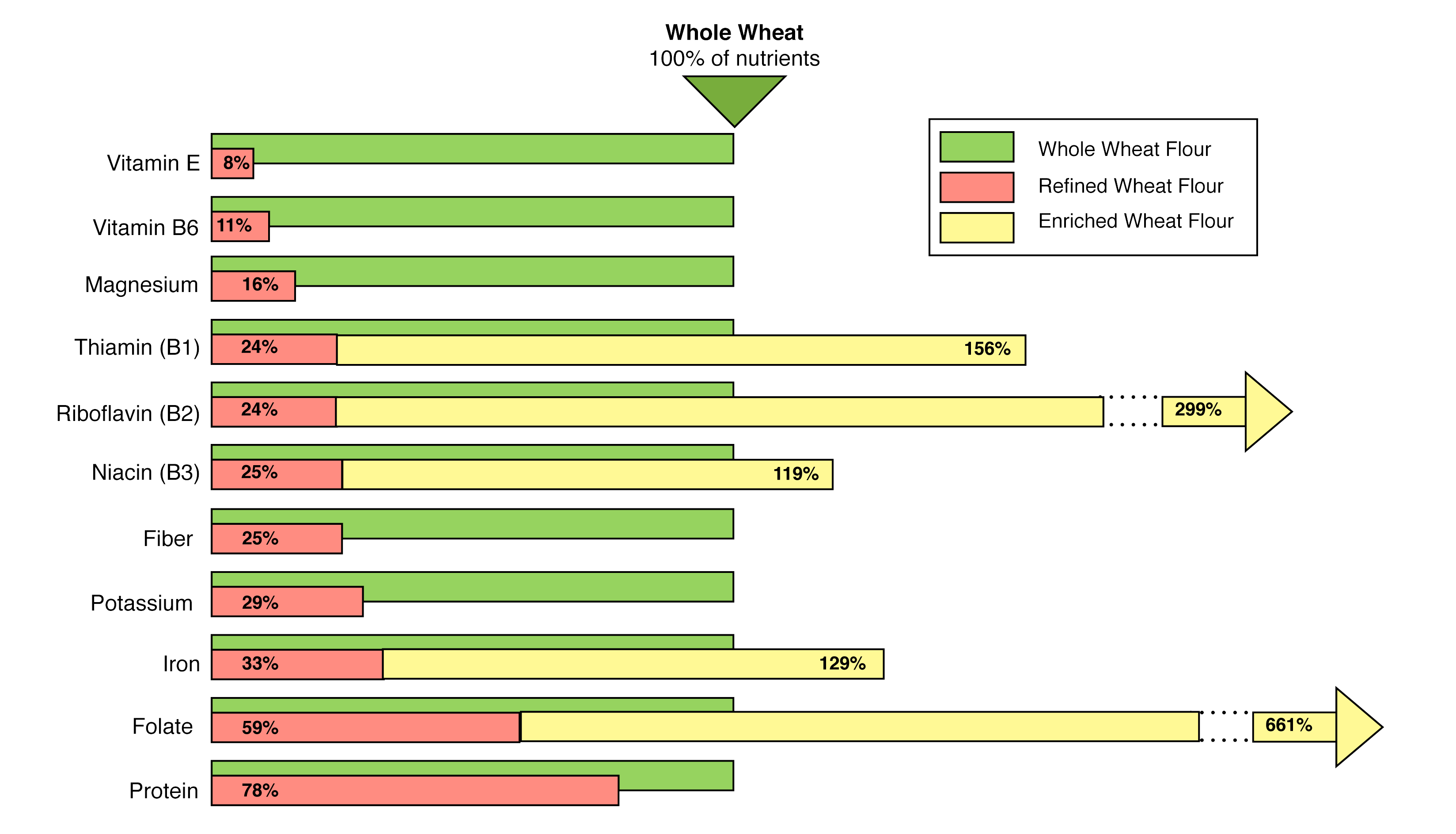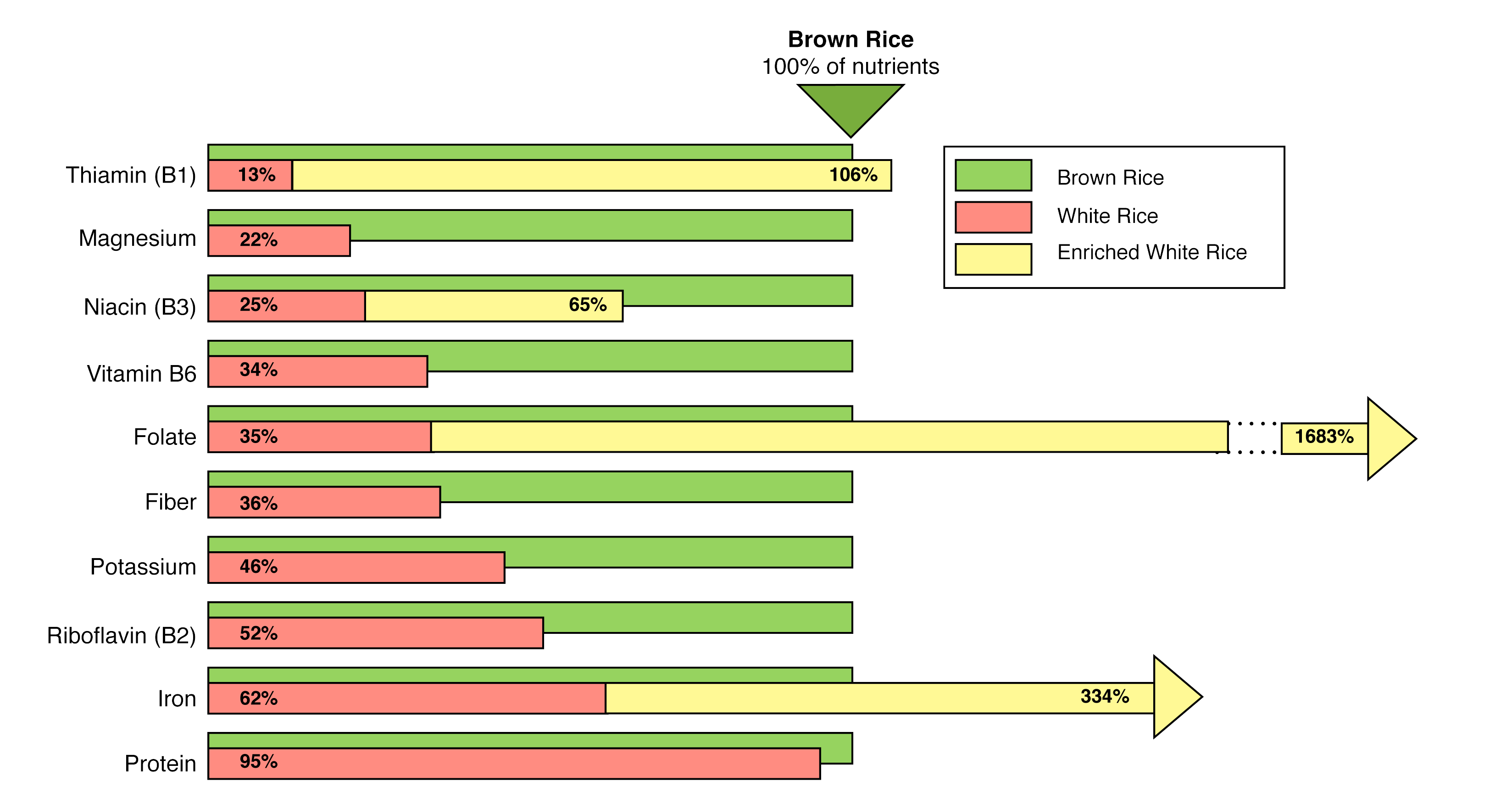People often ask us, “Which grain is healthiest?”
In our opinion, there is no “healthiest” grain, just as there is no healthiest vegetable. As the chart we posted elsewhere on our site illustrates, each grain has its own little specialties.
For example, teff and oats are especially high in manganese, essential to the formation of bone and cartilage and to many other functions. Kamut® khorasan wheat and durum wheat have 6 to 8 times more selenium than is found, on average, in gluten-free grains; selenium helps regulate thyroid function and prevent cellular damage from free radicals. Barley is highest in fiber, and quinoa trumps them all in folate. So how can we say which one is “healthiest?”
We’re also not fond of this question because we don’t believe in “eating by the numbers.” Eating should be a pleasurable experience, relaxing with friends and family while enjoying healthy, delicious foods. If you base your diet largely on minimally processed whole foods, there’s no need to count calories, fiber grams – or even whole grain grams.
That said, you may well have some medical reason for delving deeper into the nutrient content of different grains, or you may just be curious. To help you out, we’ve looked up all the common grains in the USDA’s Nutrient Database and entered their nutrient values in a spreadsheet, to make them easy to compare.
Click here to download the Grains Compared spreadsheet.
Compare the nutrients in whole and refined grains
You may also be interested to see how refining grains (removing their bran and germ) impacts the nutrients in a grain. Did you know that refining grains takes away half to two-thirds of a wide range of nutrients? It’s true that some refined grains are then “enriched” — some of the missing nutrients are added back in — but enrichment of wheat, for example, generally adds back only five of the missing nutrients, and does so in amounts different from their original proportions.
Whole Wheat vs Refined Wheat vs Enriched Wheat
White Rice vs Brown Rice vs Enriched White Rice



